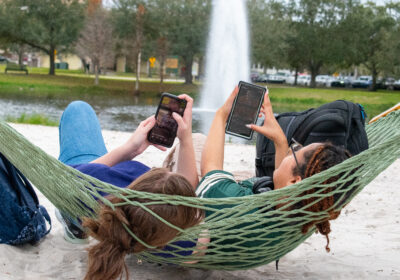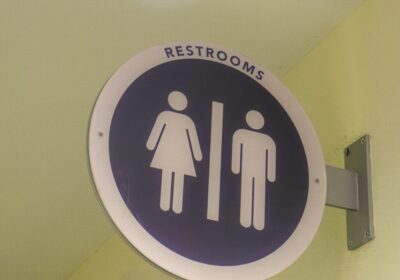Sanders supporters shouldn’t lose hope

Bernie Sanders still has a chance at becoming the democratic nominee for the 2016 presidential election. Although Democratic frontrunner Hillary Clinton’s numbers from the primary elections have already been counted, Sanders supporters shouldn’t lose hope.
Sanders won the popular vote in Kansas last week despite the fact that polls two weeks before had Clinton leading by 10 points. While this may seem insignificant, the state has a solid record. For the past 50 years, Kansas has accurately predicted the democratic nominee 100 percent of the time.
Thus, Sanders’ win should not be taken lightly. A 50-year record is not something to brush over. While the media continues to predict Clinton as the obvious winner of the nomination, many are starting to question that logic.
According to the Associated Press, Sanders has 574 delegates of the 2,383 delegates needed to become the official nominee for the Democratic Party. Yes, this number is low compared to Clinton’s 1,223, but this race is far from over.
Sanders’ main support group has pretty consistently been college-age voters, or more specifically 18 to 24 year olds. Millennials are also the largest demographic in the country with an estimated 83.1 million members. Unfortunately, only 49 percent of that demographic showed up to vote in the 2008 election.
Additionally, of the 44 percent of Millennials registered to vote in Florida, only one in five showed up to vote during the 2010 midterm election, according to the National Conference on Citizenship.
Without the attendance of millennials, Sanders may have difficulty catching up to his opponent. But, if a large portion of registered young voters were to cast their votes, he could easily slide into victory.
The likely connection between this voting group and Sanders mostly relies on his stance concerning college tuition. Sanders has been highly outspoken throughout his campaign about pushing for tuition free public universities and colleges. This is something that the 18 to 24 year old demographic is highly familiar with as most of them are in college.
“By definition, young people are idealists,” Sanders said in an interview on the Late Show. “They look at a world with so many problems and they say ‘Why not? Why can’t all people in this country have health care? Why can’t we make colleges and universities tuition free? Why not?’
But … how does it happen that with all of this technology and productivity and the economy, they’re likely to have a lower standard of living than their parents?”
However, the case goes further than simply his support. The vitality of the vote sits in two different places. Obviously, the election’s primary goal is to vote for the candidate based on their platform. However, another factor is gaining power in this year’s petty campaigning; Who can win in the long run? Is Clinton or Sanders more likely to beat the republican nominee?
An NBC poll showed that one third, or 33 percent, of Sanders’ supporters could not see themselves voting for Clinton if she is the party’s nominee and this may cause the Democratic party to run into serious issues come November.
The same poll also showed that her lead when it comes to democratic primary voters is narrowing, with her resting around 53 percent and Sanders at 44 percent. This shows that voters are no longer sitting idly by while the election takes place around them.
Despite Hillary’s seemingly significant lead, Sanders still has a chance to win the Democratic nominee. The race isn’t over and hope still remains. Nearly 1,000 delegates are still undecided but will get distributed in the next month. Anything can happen and if college students decide to show up in force, the nomination will more than likely be awarded to Sanders.
Miki Shine is a sophomore majoring in mass communications.








